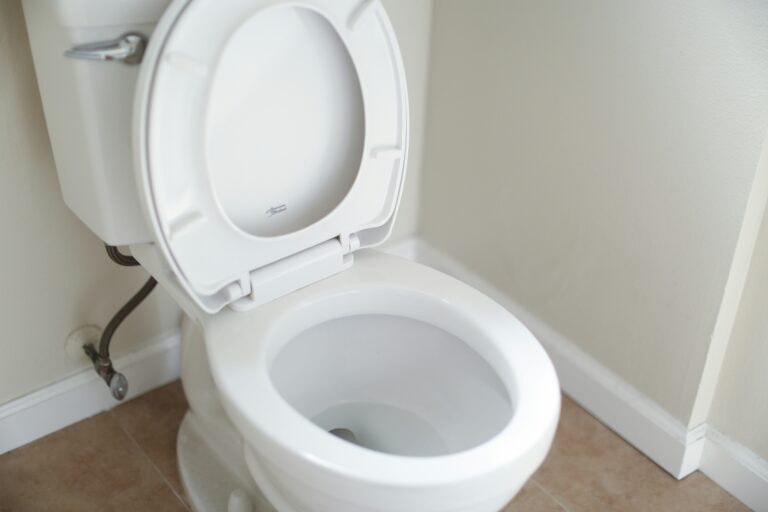NJ's Finest Water Mitigation Company | Fire Damage Cleanup & Mold Restoration
How to Fix a Toilet Backup: Essential Cleanup Tips for Homeowners
A toilet backup is not only an unpleasant experience for homeowners, but it can also pose significant health risks and cause extensive property damage if not dealt with immediately. Whether caused by a clogged drain, damaged sewer line, or tree root intrusion, toilet backups require fast action to minimize harm. At JC Alvar Construction, we understand the urgency of these situations and are here to provide expert restoration and plumbing services, 24/7.
IN THIS ARTICLE
- 1. Immediate Action: Prioritize Safety and Contact a Professional
- 2. Containment: Prevent Further Spread of Sewage
- 3. Water Removal: Use the Right Equipment
- 4. Protective Gear: Safeguard Yourself During Cleanup
- 5. Cleaning and Disinfection: Eliminate Harmful Bacteria
- 6. Odor Control: Neutralize Lingering Smells
- 7. Identifying the Cause: Work with a Professional
- 8. Preventative Measures: Reduce the Risk of Future Backups

Here’s what you need to know when facing a toilet backup in your home:
1. Immediate Action: Prioritize Safety and Contact a Professional
The first thing to remember during a toilet backup is to remain calm but act quickly. Sewer backups often contain harmful bacteria, viruses, and pathogens, so safety is key. The very first step is to contact a licensed plumber who can assess the situation and begin the necessary repairs.
While waiting for professional help, take action to contain the mess. The longer standing water sits, the more damage it can cause.
2. Containment: Prevent Further Spread of Sewage
To minimize the spread of sewage, you can use absorbent materials such as towels, blankets, or commercially available absorbent pads. Quickly place these materials around the affected area to absorb the sewage and prevent it from spreading into other parts of your home.
If possible, try to seal off the affected area to keep children and pets from coming into contact with the contaminated water. Remember that safety is a priority at every step of the process.
3. Water Removal: Use the Right Equipment
Standing water is not just a nuisance – it can lead to structural damage and mold growth. If you can do so safely, use a submersible pump to remove the water from the affected area. A pump helps to get rid of large amounts of water quickly and is far more efficient than using mops or towels alone.
If you’re not sure how to use a pump or you’re worried about further damage, it’s always best to wait for a professional to handle the water removal.
4. Protective Gear: Safeguard Yourself During Cleanup
When dealing with sewage cleanup, personal safety cannot be overstated. Always wear appropriate protective gear, including gloves, boots, and goggles. These items will help shield you from bacteria, viruses, and other harmful substances present in the wastewater.
Avoid direct contact with the contaminated water, and ensure that your clothing is thoroughly protected. Once the cleanup is complete, safely dispose of any contaminated materials, such as towels or rags, to prevent further exposure.
Drains? Why Avoid Caustic Chemicals for Clearing Toilet
Using caustic chemicals to clear toilet drains can lead to a host of problems that far outweigh the benefits. Here’s why you should think twice before reaching for that chemical solution:
**1. Potential Damage to Plumbing:
Caustic chemicals can be incredibly harsh on your toilet’s plumbing system. Most toilets are not designed to withstand the corrosive nature of these substances. Over time, they can degrade the internal parts and seals, leading to costly repairs.
**2. Environmental Concerns:
These chemicals often end up in the sewage system and eventually make their way to water bodies. This can cause harm to aquatic ecosystems and disrupt the balance of marine life. Choosing eco-friendly alternatives can help prevent this environmental impact.
**3. Health Risks:
The fumes from caustic drain cleaners can pose significant health risks. Inhaling these fumes may cause respiratory issues, and accidental skin contact can lead to burns or irritation.
**4. Ineffectiveness:
Despite their aggressive nature, caustic chemicals are often ineffective at clearing the specific types of clogs found in toilets. They are usually designed for sinks or bathtubs and might not work well on the material blocking toilet drains.
Safer Alternatives:
- Plunger: A trusty plunger is often all you need to dislodge most clogs without introducing harmful chemicals into your home.
- Drain Snake: A drain snake or auger can reach deep into the pipes to break apart stubborn blockages.
- Baking Soda and Vinegar: This natural combination creates a fizzy reaction that can help clear minor clogs without damaging your plumbing.
Choosing safer methods not only prolongs the life of your plumbing but also safeguards your health and the environment. Prioritize these alternatives to ensure a cleaner, greener home.
5. Cleaning and Disinfection: Eliminate Harmful Bacteria
Once the water is removed, the next step is to thoroughly clean and disinfect the area. Use a diluted bleach solution (following the product instructions for the correct ratio) to disinfect all surfaces that came into contact with sewage. This will help eliminate harmful bacteria and viruses that could pose a health risk.
For areas with extensive contamination, consider using a professional cleaning service to ensure all affected surfaces are properly sanitized.
6. Odor Control: Neutralize Lingering Smells
One of the unfortunate side effects of sewage backups is the persistent, unpleasant odor that can linger long after the water is gone. To combat this, use a commercial deodorizer specifically designed for sewage cleanup. These products help neutralize odors and improve indoor air quality. Open windows to allow for ventilation, and if the smell persists, consider using air purifiers to reduce any remaining odor.
7. Identifying the Cause: Work with a Professional
Once the immediate cleanup is done, it’s crucial to identify the underlying cause of the toilet backup. This may involve working with your plumber to inspect your drains, sewer lines, and any potential blockages. Common causes include:
- Clogged drains: Flushing inappropriate items down the toilet, such as wipes or paper towels, can cause blockages.
- Tree root intrusion: Tree roots can invade sewer lines, causing blockages and backups.
- Damaged sewer lines: Cracks or breaks in sewer pipes can allow wastewater to back up into your home.
A professional plumber can help identify the exact cause and provide the necessary repairs to prevent future backups.
8. Preventative Measures: Reduce the Risk of Future Backups
The good news is that there are steps you can take to reduce the likelihood of toilet backups in the future:
- Install a backwater prevention valve: A backwater valve prevents sewage from entering your home during heavy rain or when the main sewer line is overwhelmed. This is a great long-term investment that can save you from future headaches.
- Proper disposal habits: Avoid flushing anything other than toilet paper down the toilet. Items like wipes, paper towels, and hygiene products can quickly cause clogs.
- Regular plumbing inspections: Scheduling routine inspections of your plumbing system can help detect issues like clogs or weak spots in your sewer lines before they become a bigger problem.
At JC Alvar Construction, we offer expert plumbing services to address both emergency situations and preventative measures. Our team can inspect your home’s plumbing, install backwater valves, and provide routine maintenance to ensure everything is running smoothly.
Call JC Alvar Construction for Immediate Help
A toilet backup is a stressful and unpleasant situation, but with the right steps, you can mitigate the damage and restore your home to normal. If you’re dealing with a backup, don’t hesitate to call JC Alvar Construction. Our experienced team is available 24/7 to assist with both emergency restoration and plumbing services. We’re here to help you protect your home and your family’s health.
Contact us now for fast, reliable service!
Share this post:
Services We Provide
CALL TODAY
